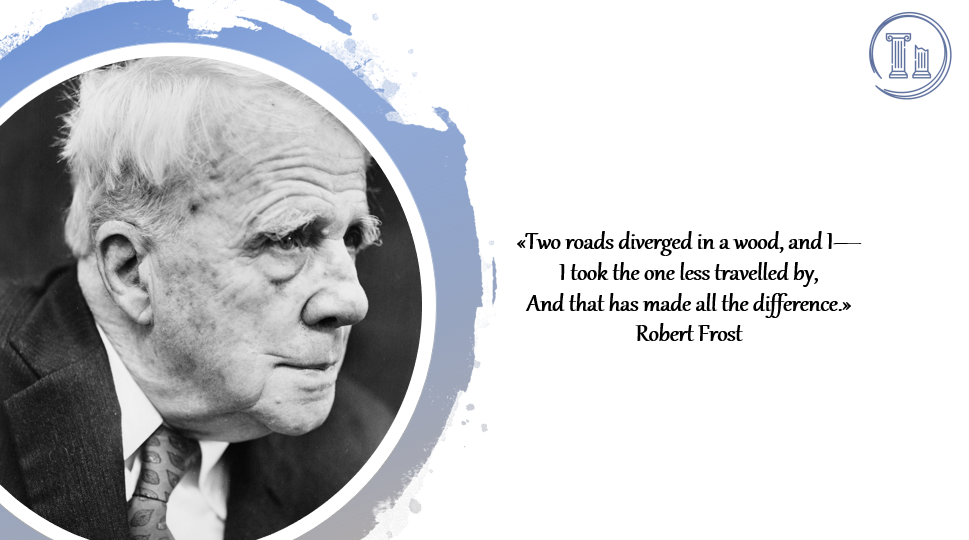Storytelling as a Voice for the Oppressed

Storytelling and Oppression
Literature plays a crucial role as a tool to express the injustice embedded in societies. Through a fictional story with characters that are fighting oppression and injustice, literature serves to provide context for real-world issues. This helps in raising awareness about social problems. Storytelling can be used as a voice for the oppressed. Moreover, it instigates sympathy and compassion in others, which might eventually lead to action and change.
The resonance of such stories leaves a mark in individuals. Hence, the significance of literature lies in its power of creating unity and shared emotions through people all over the world. Most children and young adults are familiar with the most renowned classics of all time, which mostly represent a Eurocentric perspective. However, stories from different cultures are not as familiar.
These are some short stories that give a voice for the oppressed.
1. The Stranger in the Village by James Baldwin (1953)

James Baldwin
“The Stranger in the Village” is a personal experience of Baldwin as the first black man to arrive to a Swiss village. Baldwin uses storytelling to voice his oppression. He reflects on racial discrimination and expresses his concerns and irritation as an oppressed black man. In this essay, Baldwin’s society alienates him and treats him like a stranger.
White people perceived Baldwin as inferior and claimed authority over him, creating a system of hierarchy and injustice. However, Baldwin sought to understand his roots and establish his identity through acknowledging his role in the American society. Hence, “The Stranger in the Village” depicts storytelling as a voice for the oppressed as powerful since it helps in understanding the perspective of the individual.
2. A Coin by Aleksandar Hemon (2000)

SAINT MALO, FRANCE – MAY 20. Aleksandar Hemon, Bosnian writer poses during a portrait session held on May 20, 2013 in Saint Malo, France. (Photo by Ulf Andersen/Getty Images)
In the “A Coin”, Aida is facing the horrors of the war. She exchanges letters with the Bosnian man, her friend, her also facing alienation and isolation from his country that is going through war. In this story, there is an inclusion of gruesome and explicit details of violence. While these details may seem unnecessary, it is important to be able to envision a clear picture of what happens during a war. Everyone knows that people are killed, some are injured, and everyone suffers. However, describing these events can help raise awareness more about the reality of what wars are.
When someone reads “The Coin” and witnesses the brutality of wars, they will understand what people go through in different countries. It is impossible to know what an oppressed person is going through unless stories represent them and give them a voice. Thus, again, storytelling as a voice for the oppressed is used here in a powerful way.
3. Olikoye by Chimamanda Ngozi Adichie (2015)

Chimamanda Ngozi Adichie
In this short story, the Nigerian writer Adichie tells the story of a South African village where many children used to die at birth. The minister of health, Olikoye, started helping the villagers once he knew about the situation. Since then, many children have been saved. This story gives the reader a glimpse about the culture of South Africans, a facet not everyone is familiar with. It is narrated from the perspective of an African pregnant women, whereby storytelling as a voice for the oppressed is used to illustrate a hopeful story for once.
Unlike the dominant image about South Africa that the media shows, there are stories that project hope and depict that there is room for change and growth. Adiche is known for her famous Ted Talk “The Danger of a Single Story“. In this talk, she explains how seeing one side of a story does not show the full truth.
These are a few examples of stories that only a few might be familiar with because they come from different cultures. Mainstream literature is mainly Eurocentric. This is dangerous since people are not subjected to different perspectives. Not enough people hear the oppressed voice and represent them properly. Thus, shedding the light on such stories can help in understanding the injustice of many social issues. Consequently, this might create empathy and unite readers. Storytelling as a voice for the oppressed is significant for those who are not in positions in power, as well as readers of different ages.







